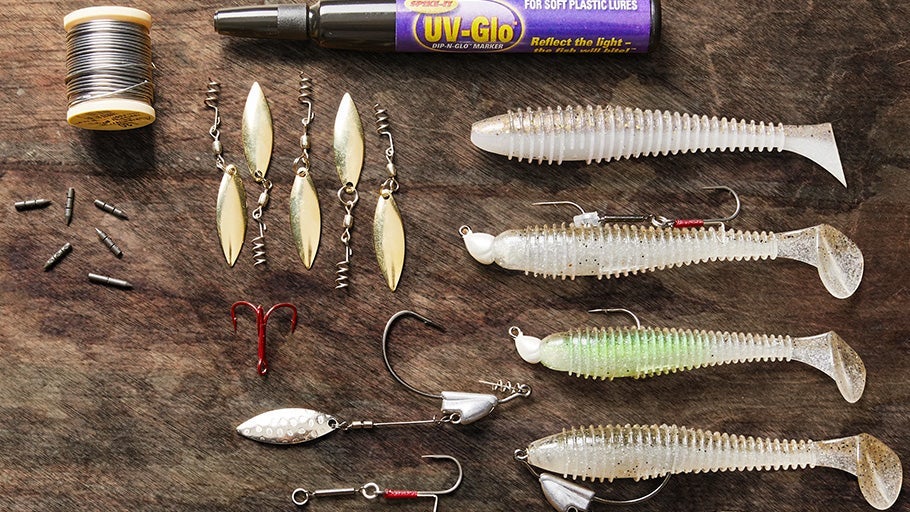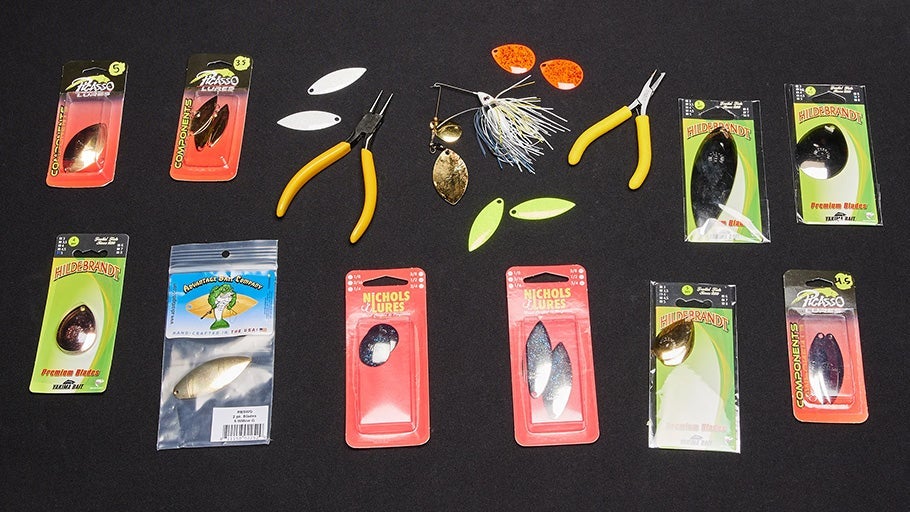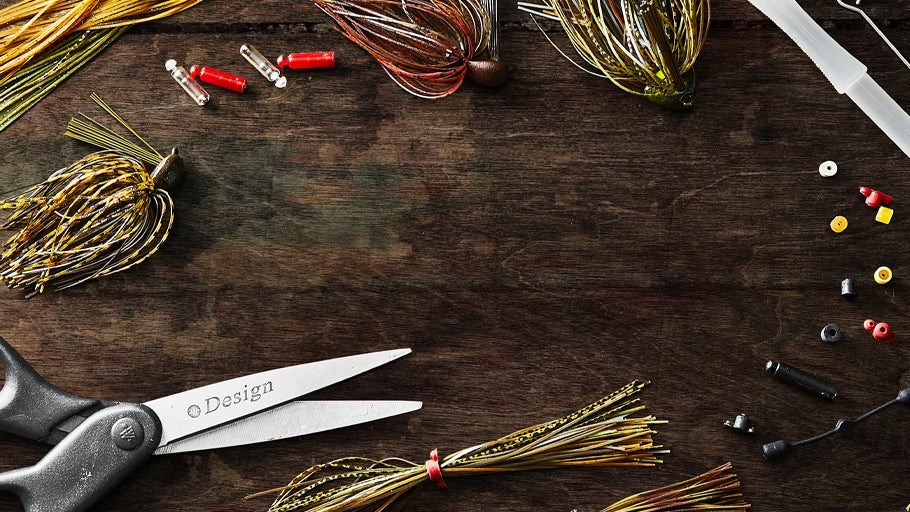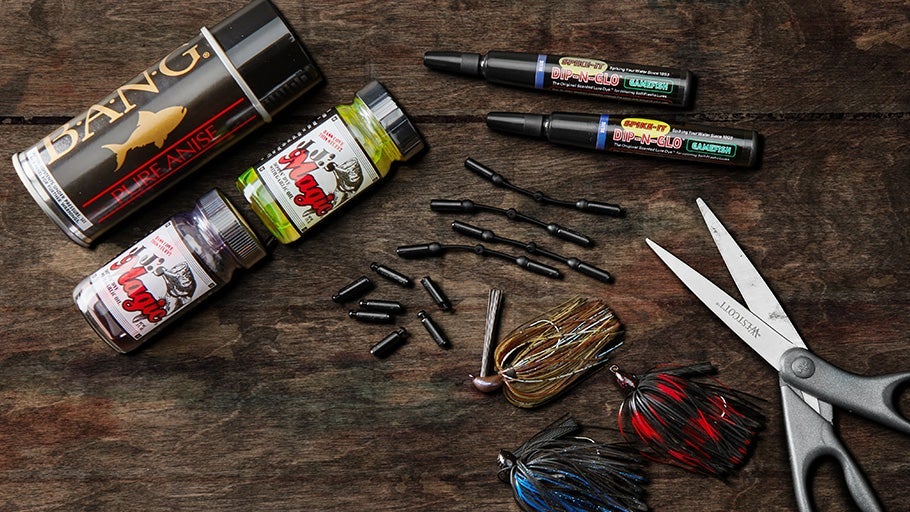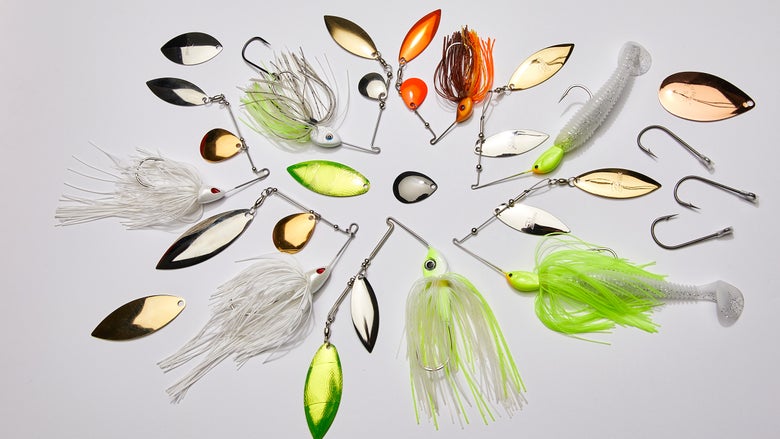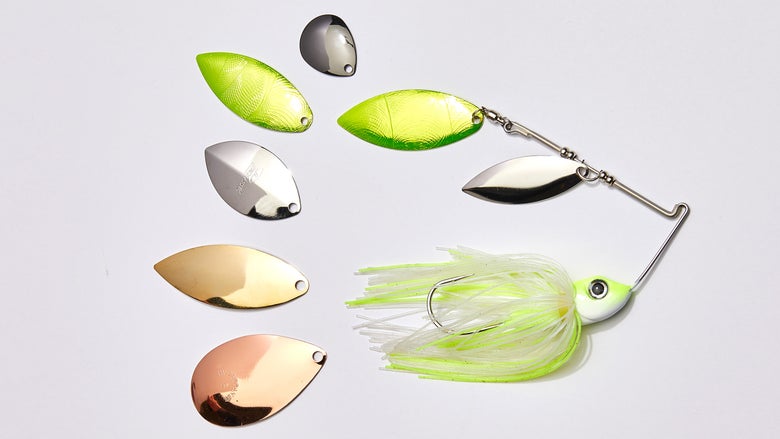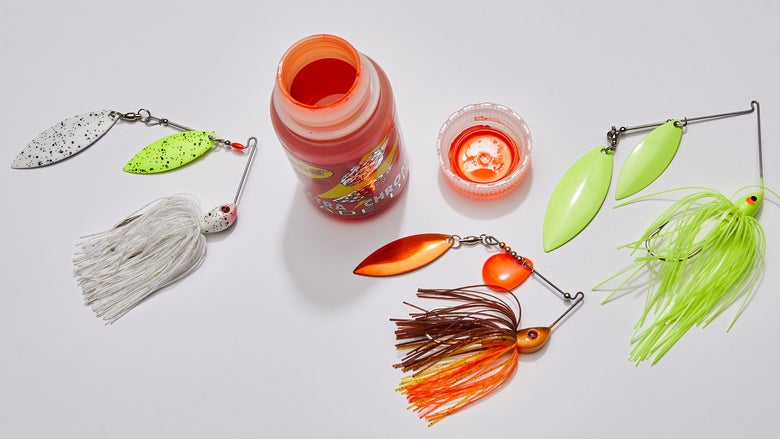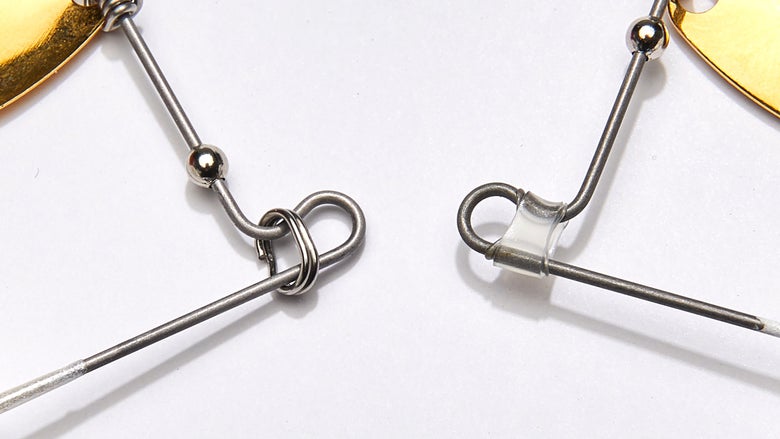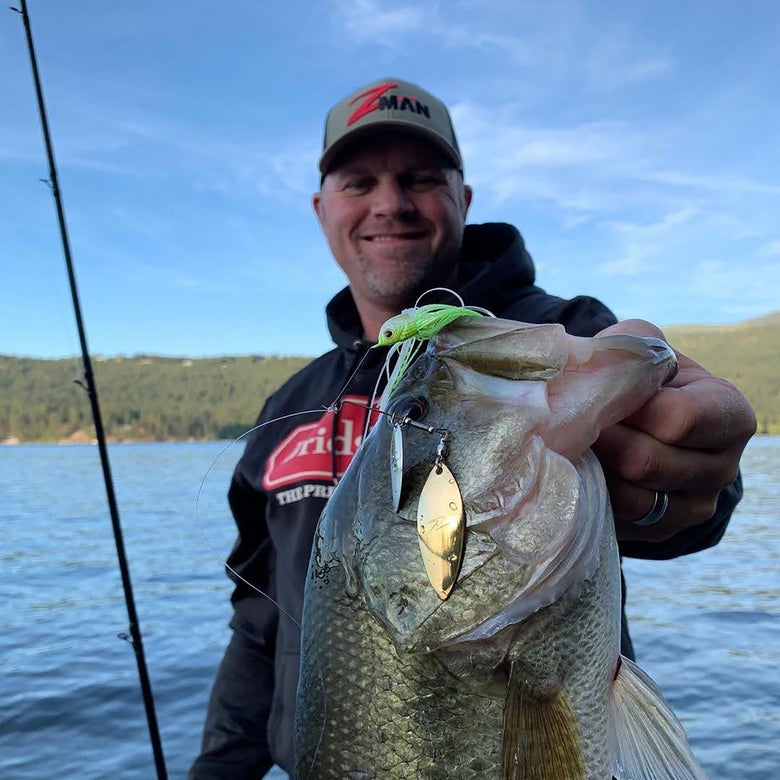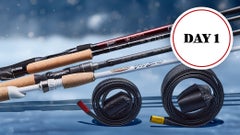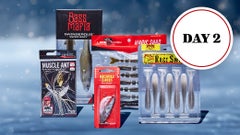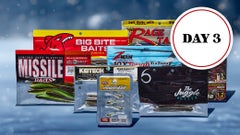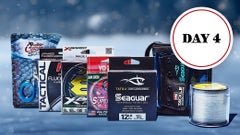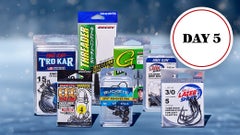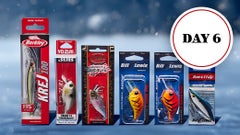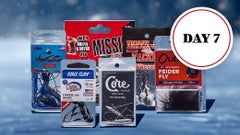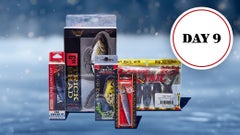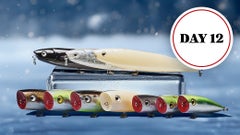
Best Spinnerbait Hacks
Recognized as a producer in all seasons, the baitfish-impersonating spinnerbait is an exceptional tool for covering large chunks of water in search of hungry fish. Available in countless blade configurations, body shapes, weights, and more, these bladed baits offer endless situational specificity that can make them deadly when the conditions are ripe. While most spinnerbaits are tuned to catch bass right out of the box, this article will show you several hacks to elevate your spinnerbait game so you can start flinging blades with a unique twist and put more fish in the boat.
One: Tailor the Skirt
Bluegill, shad, and other baitfish vary in size and shape throughout the fishing season, so you may need to adjust the bulk of your spinnerbait skirt to match the hatch more accurately. If you find your local forage is on the smaller side, it can be beneficial to take your pair of scissors to your skirt and downsize the profile with a bit of trimming. In ultra-clear water or highly pressured fisheries, some anglers will remove the skirt entirely in preference of a slimmed-down, natural appearance.
Alternatively, baitfish born in the Spring will have grown much larger by Fall, and some anglers will go as far as adding a second skirt to increase their spinnerbait’s bulk. This will help their presentation to resemble the larger prey bass love to gorge on before the winter sets in.
Two: Change Out the Blades
This is another effective customization tool that can help you better match the hatch. In addition to more accurately mimicking the size of forage in your fishery, changing the blade size can alter your bait’s capabilities. Finesse blades will not only imitate smaller baitfish more precisely but also allow you to run your spinnerbait at near Mach speeds as they generate less drag. On the other hand, increasing the blade size can decelerate your presentation down to a crawl enabling you to slow roll the bait along the bottom with a heavy thump that calls out to lethargic pre-spawn bass.
More than just size options, anglers also have the luxury of choosing from a blade style to best suit the conditions on the water. Willow blades do a tremendous job of mimicking shad and showering the water column in reflective flash, whereas Colorado blades impart a heavy thump that bass can feel in their lateral lines to better locate your spinnerbait in low visibility water. There are even blades that combine the benefits of both, such as the Indiana blade or Picasso’s Thunder Willow blades that strike a balance between flashy vibration and thump.
Three: Add a Trailer Hook
A smart solution to overcome the headache of short-striking fish, equipping your spinnerbait with a trailer hook can help button up some of those missed bites and optimize your hookup ratio. Doubling your chances of getting a hook point in the fish’s jaw, a trailer hook is added onto the shank of the primary hook by simply threading its point through the eye of the trailer hook. They are offered in a range of sizes and often come pre-rigged with shrink tubing or a similar system that prevents the trailer hook from slipping off of your spinnerbait. Moreover, some anglers aim to increase their chances of success in fisheries where Smallmouth and Spotted Bass are the main species by anchoring a treble hook to their spinnerbait rather than a single trailer hook.
Four: Paint the Blades
There are a few specialty blade dips and paints available on the market that allow you to change the look of your favorite baitfish emulator. This can offer a couple of benefits. First, you can more accurately mimic the local shad, crappie, and bluegill by matching your blade color to the primary prey in your lake. Moreover, when faced with dirty water or low light conditions, adding a pop of orange, chartreuse, black, or purple can boost the predator’s ability to detect your spinnerbait in less than favorable water clarity.
Five: Add a Knot Stopper
A slick instrument to help reduce line slippage, adding a rubber band, O-ring, or split ring to the spinnerbait’s R bend will prevent your knot from sliding up or down the bait’s wire. This modification is also particularly useful for anglers that prefer to run a snap system with their lures instead of a direct connection knot as the stopper will keep your snap in place on those spinnerbaits that are not made with a closed-eye construction.
Spinnerbaits grace tackle boxes with near limitless versatility, making them effective in just about every situation imagineable. Whether you need to cover Nesquik-colored water with a nearly radioactive chartreuse-on-chartreuse variation or navigate standing timber down in 30 feet of water with a two-ounce behemoth, having a diverse spinnerbait collection is a must for serious anglers. With just a little bit of imagination and some know-how, anglers can add a custom twist to their favorite spinnerbait and start slinging a one-of-a-kind creation for that next catch of a lifetime.
Related Articles

